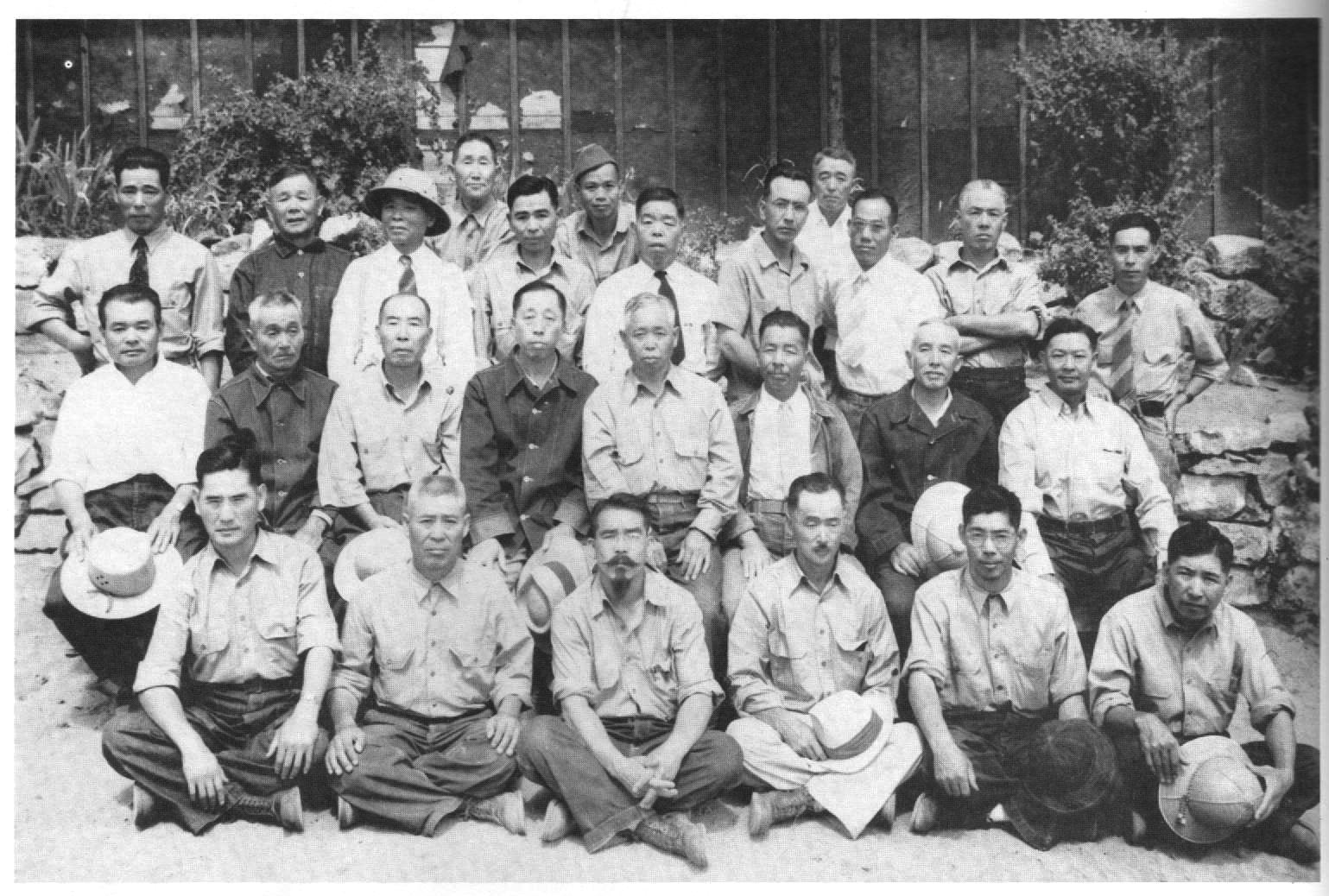|
Pyramid Peak (New Mexico)
Pyramid Peak, is the highest peak in the range of the Pyramid Mountains at , in Hidalgo County, New Mexico. Pyramid Peak is located 7.5 miles south of Lordsburg Lordsburg is a city in and the county seat of Hidalgo County, New Mexico, Hidalgo County, New Mexico, United States. Hidalgo County includes the southern "bootheel" of New Mexico, along the Arizona border. The population was 2,797 at the 2010 Uni ... in the Pyramid Mountains. It has also been called Big Pyramid Mountain and North Pyramid Peak. References {{coord, 32, 14, 16, N, 108, 43, 08, W, display=title Landforms of Hidalgo County, New Mexico Mountains of New Mexico Mountains of Hidalgo County, New Mexico ... [...More Info...] [...Related Items...] OR: [Wikipedia] [Google] [Baidu] |
Pyramid Mountains
The Pyramid Mountains are a 30 mi (48 km) long, mountain range in central-east Hidalgo County, New Mexico. The city of Lordsburg and Interstate 10 lie at its northern border. The range lies between the northeast corner of the north-south Animas Valley on the west and the Playas and Lordsburg valleys to the southeast and northeast respectively. The continental divide passes through the southern end of the range. The Chihuahuan Desert has its northwest extension into the foothills regions of the Pyramid Mountains. Description The Pyramid Mountains are a moderate altitude, north-south trending mountain range at the north of two valleys that also are north-south, and extensive, as the Continental Divide traverses due south through the ridgeline to enter northwest Chihuahua state, Mexico. The Animas Valley lies west; the Playas Valley lies east of this mountain-series ridgeline. The Pyramid Mountains are about 30 mi long, and about 12 mi at its widest. Various pe ... [...More Info...] [...Related Items...] OR: [Wikipedia] [Google] [Baidu] |
Hidalgo County, New Mexico
Hidalgo County ( es, Condado de Hidalgo) is the southernmost county of the U.S. state of New Mexico. As of the 2010 census, the population was 4,894. The county seat and largest city is Lordsburg. A bill creating Hidalgo from the southern part of Grant County was passed on February 25, 1919, taking effect at the beginning of 1920. The county was named for the town north of Mexico City where the Treaty of Guadalupe Hidalgo was signed,Herrera, Mary (Secretary of State) (2008) ''New Mexico Blue Book 2007-2008'' Office of the Secretary of State, Santa Fe, New Mexico, page 226 which in turn was named for Miguel Hidalgo y Costilla, the priest who is known as the "Father of Mexican Independence." The county is located on the Mexico–United States border. Geography According to the U.S. Census Bureau, the county has a total area of , of which is land and (0.3%) is water. The southern part of the county, the part bounded on the east and south by Mexico, is known as the Bootheel. Adj ... [...More Info...] [...Related Items...] OR: [Wikipedia] [Google] [Baidu] |
Lordsburg, New Mexico
Lordsburg is a city in and the county seat of Hidalgo County, New Mexico, United States. Hidalgo County includes the southern "bootheel" of New Mexico, along the Arizona border. The population was 2,797 at the 2010 census, down from 3,379 in 2000. History Lordsburg was founded in 1880 on the route of the Southern Pacific Railroad. The Continental Divide Trail starts at the Crazy Cook Monument and travels through Lordsburg. Local lore is that Billy the Kid washed dishes in Lordsburg hotel kitchens such as the Stratford Hotel, and La Fonda, the historic "inn at the end of the Santa Fe Trail" during his teenage years. New Mexico state song Lordsburg is the birthplace of the official New Mexico state song, " O Fair New Mexico". It was written by Lordsburg resident Elizabeth Garrett, the blind daughter of famed sheriff Pat Garrett. In 1917, Governor Washington Ellsworth Lindsey signed the legislation making it the official state song. In 1928, John Philip Sousa presented Governor ... [...More Info...] [...Related Items...] OR: [Wikipedia] [Google] [Baidu] |
Landforms Of Hidalgo County, New Mexico
A landform is a natural or anthropogenic land feature on the solid surface of the Earth or other planetary body. Landforms together make up a given terrain, and their arrangement in the landscape is known as topography. Landforms include hills, mountains, canyons, and valleys, as well as shoreline features such as bays, peninsulas, and seas, including submerged features such as mid-ocean ridges, volcanoes, and the great ocean basins. Physical characteristics Landforms are categorized by characteristic physical attributes such as elevation, slope, orientation, stratification, rock exposure and soil type. Gross physical features or landforms include intuitive elements such as berms, mounds, hills, ridges, cliffs, valleys, rivers, peninsulas, volcanoes, and numerous other structural and size-scaled (e.g. ponds vs. lakes, hills vs. mountains) elements including various kinds of inland and oceanic waterbodies and sub-surface features. Mountains, hills, plateaux, and plains are t ... [...More Info...] [...Related Items...] OR: [Wikipedia] [Google] [Baidu] |
Mountains Of New Mexico
A mountain is an elevated portion of the Earth's crust, generally with steep sides that show significant exposed bedrock. Although definitions vary, a mountain may differ from a plateau in having a limited summit area, and is usually higher than a hill, typically rising at least 300 metres (1,000 feet) above the surrounding land. A few mountains are isolated summits, but most occur in mountain ranges. Mountains are formed through tectonic forces, erosion, or volcanism, which act on time scales of up to tens of millions of years. Once mountain building ceases, mountains are slowly leveled through the action of weathering, through slumping and other forms of mass wasting, as well as through erosion by rivers and glaciers. High elevations on mountains produce colder climates than at sea level at similar latitude. These colder climates strongly affect the ecosystems of mountains: different elevations have different plants and animals. Because of the less hospitable terrain a ... [...More Info...] [...Related Items...] OR: [Wikipedia] [Google] [Baidu] |

.jpg)
